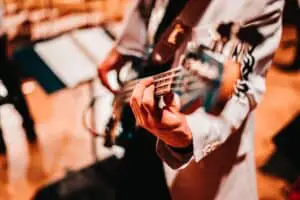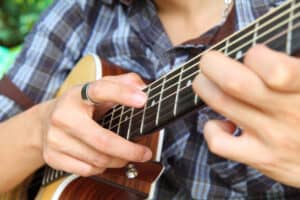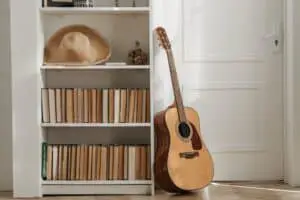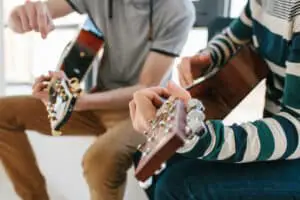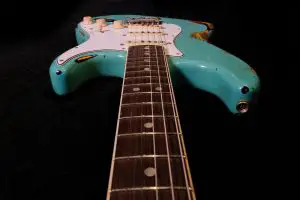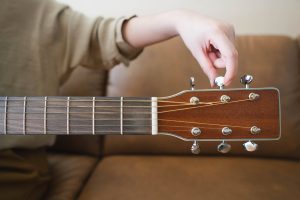“We all have idols. Play like anyone you care about but try to be yourself while you’re doing so.” – B. B. King
We have already covered the hexatonic scale for the ionian mode, now let’s learn the hexatonic shapes for 3 more modes.
Dorian
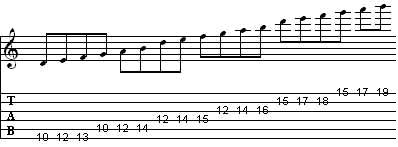
Phrygian
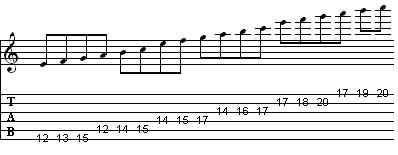
Lydian
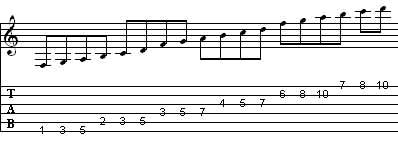
Lastly, we will cover the last 3 modes mixolydian, aeolian, and locrian.
What Are Arpeggios?
An arpeggio is built from the notes that make up a chord, but are picked as individual notes. They may be used as fill-ins, linking melodies with chords and chord/melody. Arpeggios have their own patterns but not unlike their chord counterparts. There are 5 basic patterns for each type of arpeggio just like there were 5 basic patterns for each type of chord.

